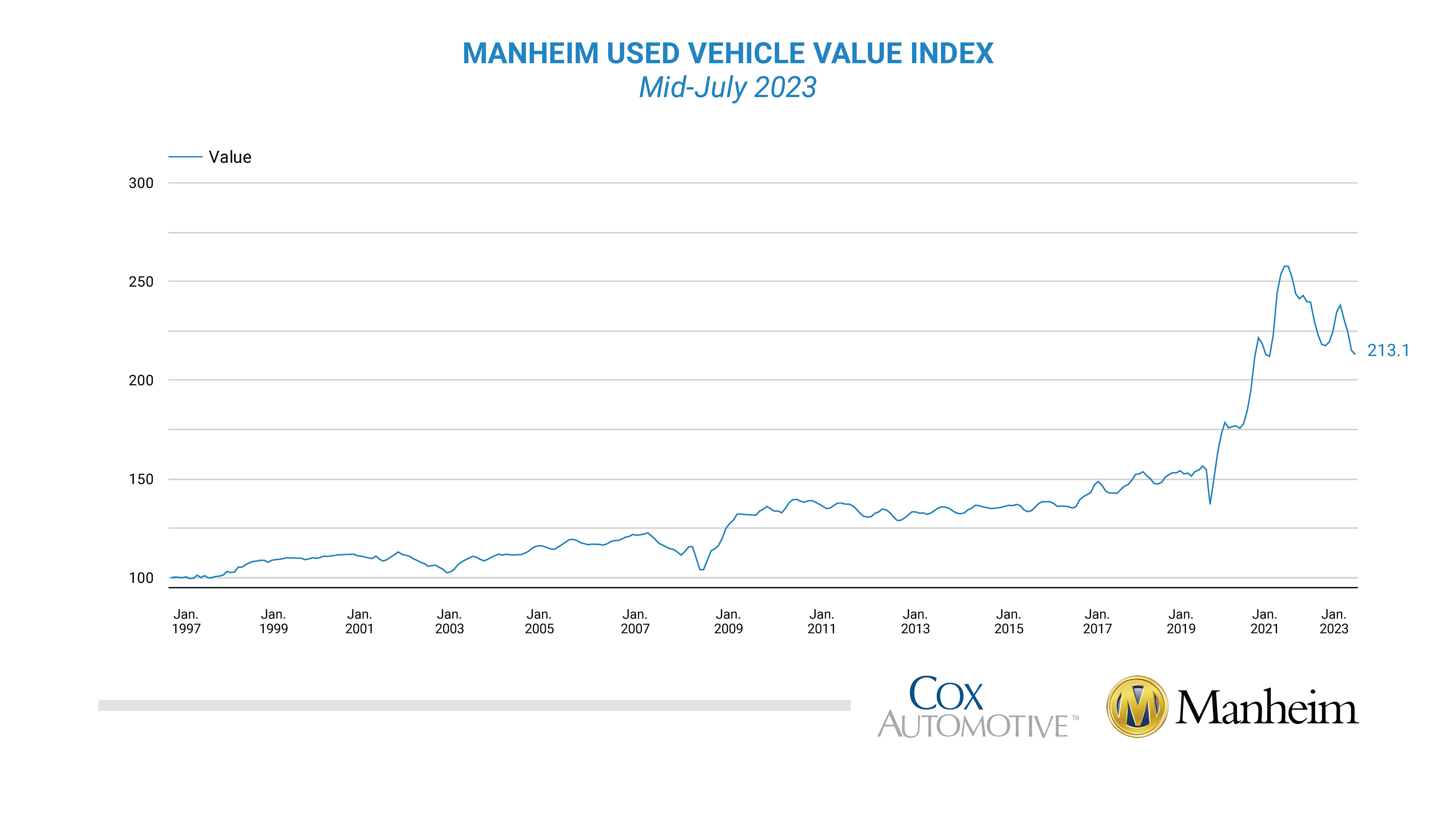
Since May 1, the share price of Carvana Co. (NYSE: CVNA) has jumped by more than 470%, from just under $7 to nearly $40. Earlier this month, the online used car retailer said it would report second-quarter results on August 3. Late Tuesday, the company said it would move up its quarterly report to Wednesday morning, July 19, before U.S. markets open.
While not unprecedented, moving up a company’s reporting date is certainly unusual. Carvana made the move with no warning and no details other than the date and time.
In general, investors are wary of surprises. For one thing, surprises seem to tend toward bad news. In Carvana’s case, that appears to be the interpretation of this surprise. The stock traded down by as much as 10% following the announcement.
Investors received a second surprise Wednesday morning.
In early June, Carvana forecast positive adjusted EBITDA of more than $50 million for the second quarter and non-GAAP gross profit per unit of more than $6,000, a 63% year-over-year improvement.
Adjusted second-quarter EBITDA came in at $155 million for the second quarter and adjusted gross profit per unit came in at $7,030.
The surprise in Carvana’s quarterly numbers had been telegraphed. The big news was the announcement that the company had sold or securitized approximately $2 billion in debt. A new debt swap deal will result in the elimination of more than $860 million in unsecured 2025 and 2027 note maturities. Details of the debt exchange were scarce, but the company expects to reduce its total debt load by more than $1.2 billion. The company canceled a planned $1 billion debt swap last month when creditors turned up their noses at the deal.
Carvana still faces some headwinds, however. According to the Manheim Used Vehicle Value Index, wholesale used car prices have fallen by 11.1% compared to July 2022 and are down 17.3% from their high in January 2022. The largest decline (15%) came in the compact car category, the smallest (6.5%) in pickups. Manheim’s Market Report on retail prices indicates that valuations are still outrunning market prices and that daily sales are slipping.
Last week, J.P. Morgan analyst Rajat Gupta downgraded Carvana from Neutral to Underweight and set a price target of $10. In his comments, Gupta said:
We believe valuation has once again disconnected materially from fundamentals. The primary debate on CVNA shares over the last 9 months has been less about long-term business model fundamentals and more about liquidity and ability to buy duration through a potential recession and prolonged weakness in used cars.
The ideal outcome, Gupta wrote, “would still be a debt/equity exchange of some form, particularly involving the expensive 2030s [$3.275 billion in 10.25% senior notes due in 2030] while also de-risking the 2025s [$500 million in 5.625% senior dues due in 2025).”
That appears to be precisely what Carvana got. The stock traded up nearly 17% in Wednesday’s premarket session at $46.00. The stock is still some distance from its 52-week high of $58.05 and miles away from its all-time high of around $375.00. But it had to start somewhere.
Originally published at 24/7 Wall St.
Sponsored: Find a Qualified Financial Advisor
Finding a qualified financial advisor doesn’t have to be hard. SmartAsset’s free tool matches you with up to 3 fiduciary financial advisors in your area in 5 minutes. Each advisor has been vetted by SmartAsset and is held to a fiduciary standard to act in your best interests. If you’re ready to be matched with local advisors that can help you achieve your financial goals, get started now.







